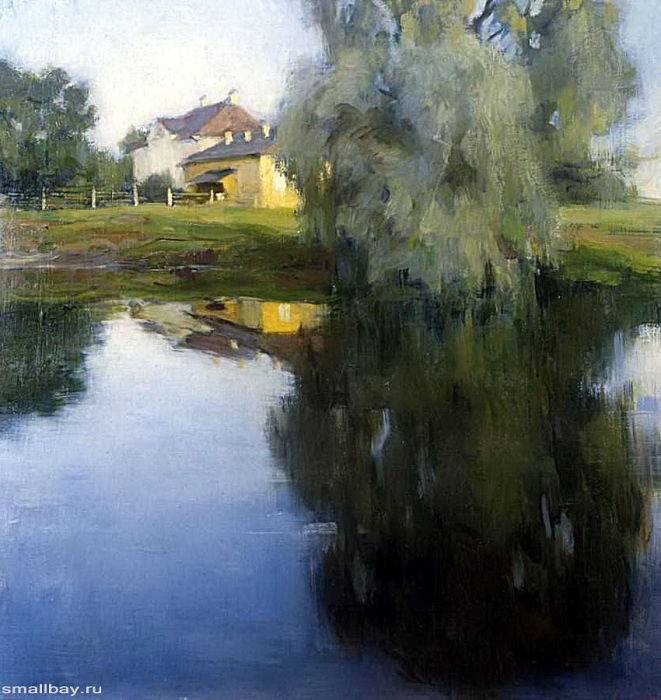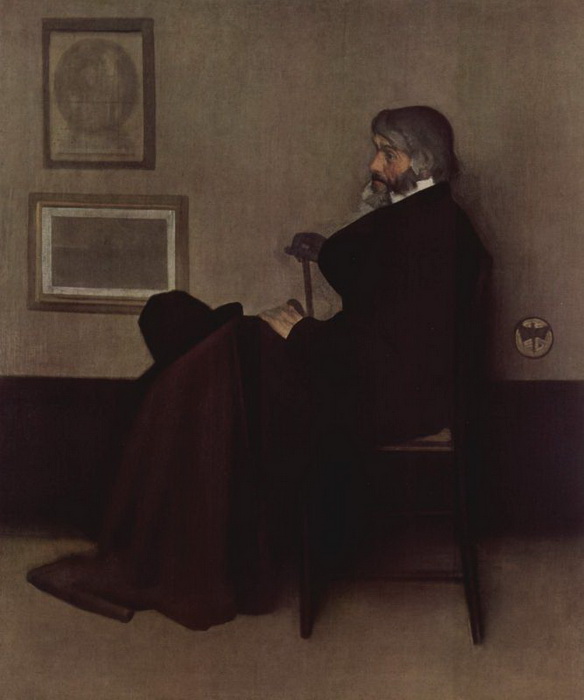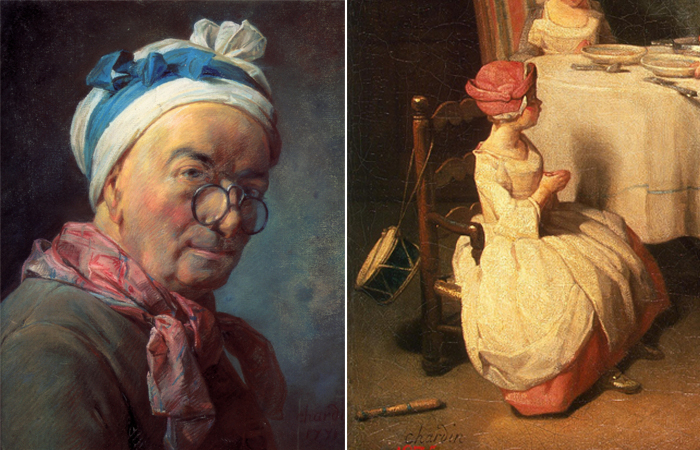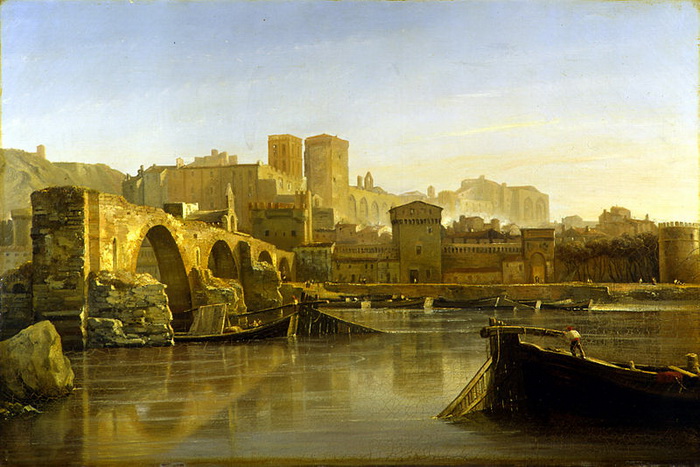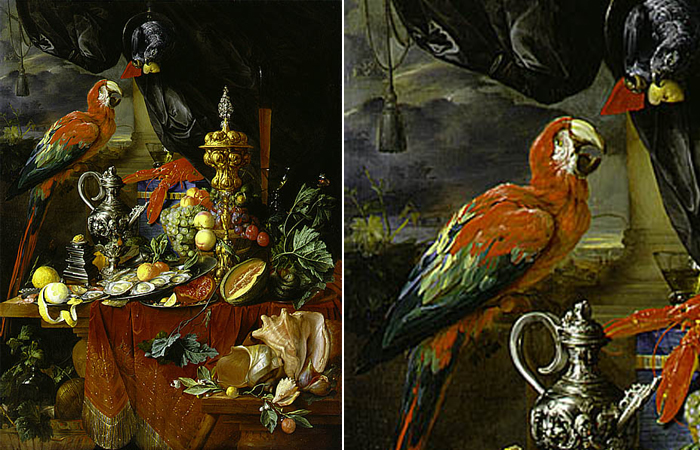Monet is a spot, Manet is a people: How to distinguish two masters of impressionism
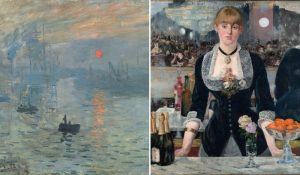 Their acquaintance began with a big conflict, but later they became great friends. Monet — Manet is a story of long-standing friendship based on great respect and mutual assistance. When Monet was in financial difficulties, he wrote to Mane for help. Manet not only never refused to help his colleague, but after he found out about the illness of Camille, Monet’s first wife, he wrote off all Claude’s debts. Due to Monet’s influence, Manet more often painted in the open air and brightened his palette. These were not just real people, but also great talents with big hearts.
Their acquaintance began with a big conflict, but later they became great friends. Monet — Manet is a story of long-standing friendship based on great respect and mutual assistance. When Monet was in financial difficulties, he wrote to Mane for help. Manet not only never refused to help his colleague, but after he found out about the illness of Camille, Monet’s first wife, he wrote off all Claude’s debts. Due to Monet’s influence, Manet more often painted in the open air and brightened his palette. These were not just real people, but also great talents with big hearts.
Eduard Manet was one of the first modernist artists of the 19th century to turn to the objects of modern life; he became a key figure in the transition from realism to impressionism. In addition, he was a key figure in the transition from realism to impressionism and one of the first in this era to portray modern life.
Claude Monet also known as Oscar — Claude Monet was the founder of French Impressionist painting and the most consistent and fruitful practitioner of the philosophy of movement in nature.
Monet and Manet had much in common. They were both created in the style of impressionism, although Manet was closer to realism. Eduard Manet has always been close to realism. Some art historians even considered him not an impressionist, but the first modernist. Eduard Manet did not consider himself an impressionist, but newspaper critics called him “the king of the Impressionists” and young artists, future impressionists, as the “Mane team”. They were both French and lived in the late 19th century.
Monet was most interested in color and its effect on the emotions of the viewer. Therefore, if the main role in the picture is not the reliability of the objects, but the combination of light and color – definitely Monet is in front of you.
But in the paintings of Eduard Manet, color is not given so much importance, in them the main factor is voluminous scenes, sometimes with a very complex composition. For example, the “Bar at the Foley-Bergere” has a very complex composition and incredible volume.
Manet’s works have a palette of dark colors influenced by the Spanish baroque artist Diego Velazquez, as well as Goya. As a rule, his paintings depicted social scenes, portraits and some still lifes and landscapes. But Monet’s works have mainly a palette of bright pastel colors. You can observe a strong impressionistic tendency of the moment, the capture of light. Monet’s works are mostly landscape, with the rare appearance of man as an additional element to the landscape.
The main difference in color is that Manet used black in his palette. Monet and other mature impressionists never used black.
The holiday of the liberation of France in the paintings of Monet and Mans
Once both artists looked out of their windows. Monet was impressed by the flowers and painted a red — white — blue holiday. Manet was used to noticing people in the streets and saw a slightly different picture – a one-legged soldier.
They both depicted the same day in one of their paintings. It was the day of the liberation of France from the devastating Franco-Prussian war. The war occurred when Napoleon’s self-control led to the invasion of German Bismarck. After the defeat of Napoleon, a civil war broke out, which lasted 72 days, and this led to the deaths of thousands of people and the complete destruction of the city. France celebrated the end of the war by organizing a festival on June 30th.
Monet’s painting entitled “Rue Montorgueil in Paris, Festival June 30, 1878” was painted to convey the sensations of the holiday that filled the streets, and the liberation of the city. Flags are hung on the walls of buildings. The artist uses mainly a three-color palette: red, blue, white. Monet depicted an incredible number of human figures using only small black lines. He paints this picture as if someone was looking out the window of a tall house and watching the holiday. Optimism, sunny weather, clear blue of the sky against the background of yellow buildings and not a hint of the sad reason for this holiday and the once-destroyed city.
All this is in contrast to the version of Manet, which is called “Monier Street with flags.” Here the observer is already on the ground. The artist depicted only a few people, but more clearly and accentuated. Flags also hang on the buildings. His color palette is slightly different from Monet: Manet used blue and yellow colors, diluting them with dark blue and black. Manet, unlike Monet, has an element that makes the audience understand – this holiday is part of the war. In the lower left part of the street is a cripple. Most likely, this is a victim of the war, a veteran who was injured during the brutal wars. This element fundamentally changes the feeling of the picture itself. Manet decided not only to depict the celebration, but also to depict what was lost and what caused its destruction.
